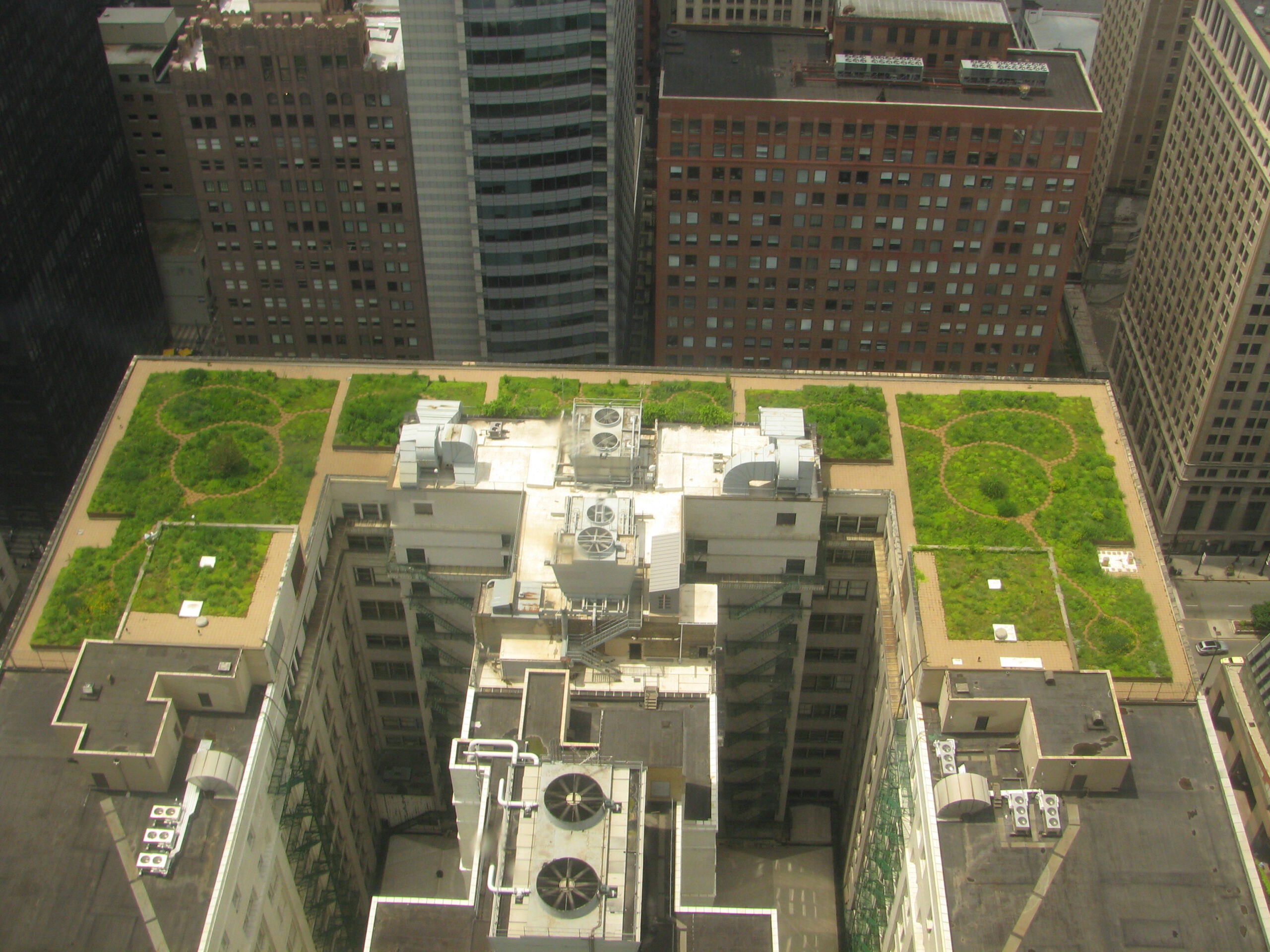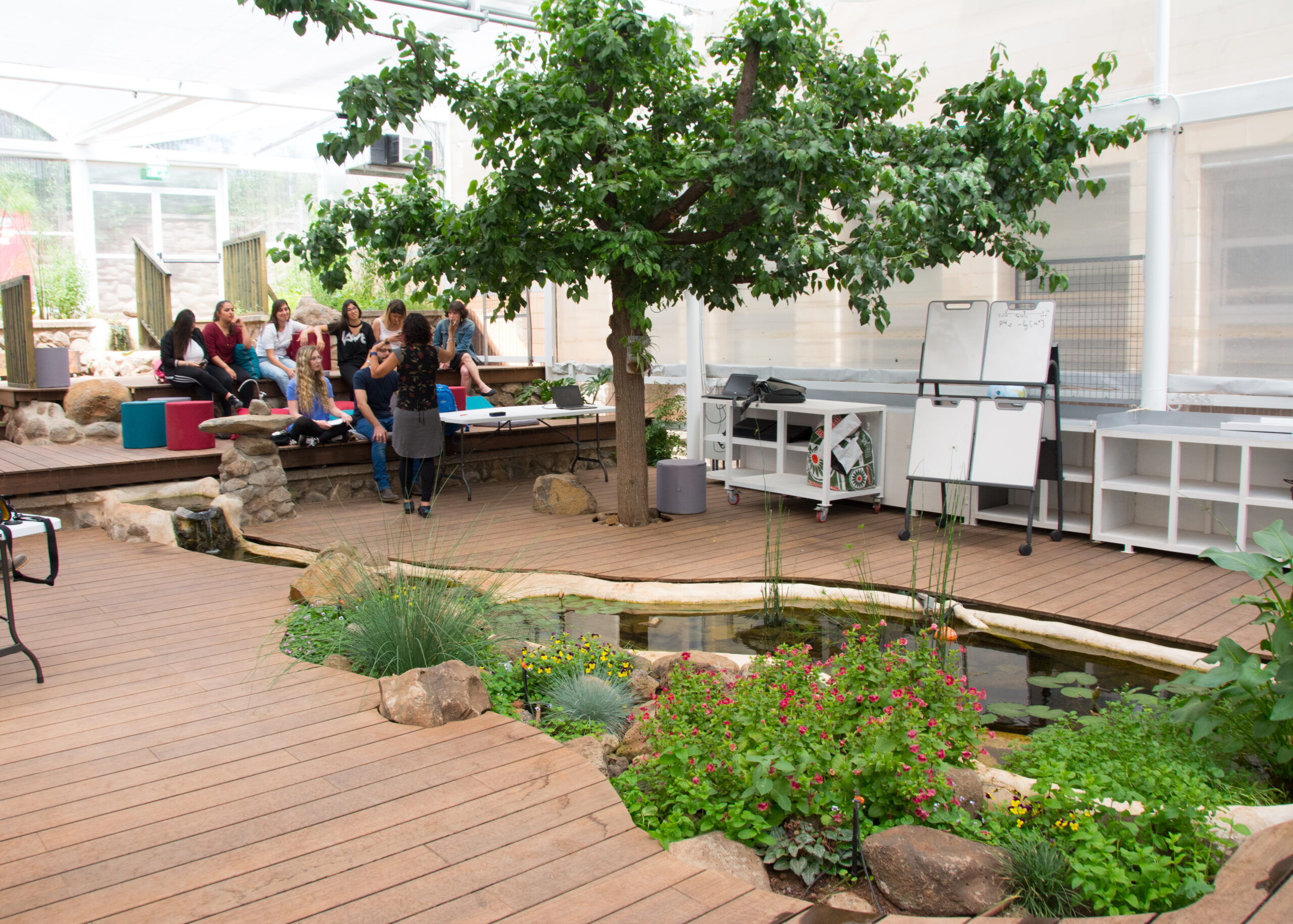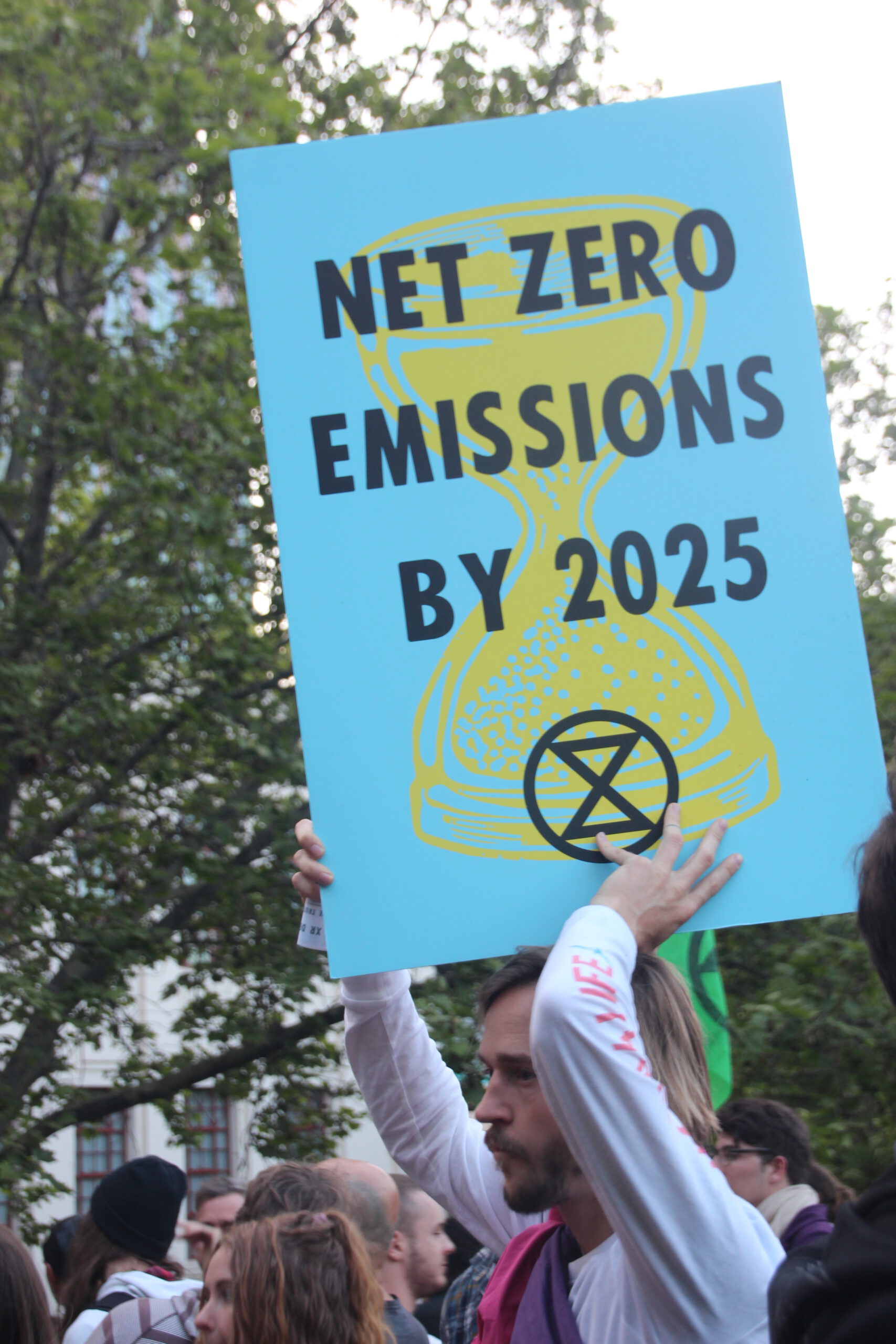- What Earth’s Magnetic Field Has to Do With Climate History - October 7, 2025
- The Science Behind Heat Domes and Their Growing Impact - October 7, 2025
- What Ancient Lake Beds Teach Us About Past Rainfall Patterns - October 6, 2025
Net-Zero Energy Buildings
Net-zero energy buildings are a marvel of modern construction, seamlessly blending technology and sustainability. These structures are designed to generate as much energy as they consume, primarily through renewable sources. Imagine a building that powers itself, much like a tree in a forest absorbing sunlight. Solar panels are often the heroes in this scenario, capturing the sun’s rays to produce electricity. Energy-efficient systems are also integral, ensuring that the energy generated is used wisely. By reducing reliance on non-renewable resources, these buildings play a crucial role in reducing the carbon footprint. As more people become aware of the environmental impact of traditional buildings, the demand for net-zero energy designs is on the rise. This trend signifies a commitment to a sustainable future, where buildings contribute to the planet’s well-being rather than detract from it.
Sustainable Building Materials
In the world of construction, the materials we choose tell a story of our commitment to the planet. Sustainable building materials like recycled steel, bamboo, and reclaimed wood are becoming increasingly popular. These materials not only reduce the environmental impact but also offer unique aesthetic qualities. Think of bamboo, which grows rapidly and offers strength comparable to steel, or reclaimed wood that brings a rustic charm to modern designs. By opting for these eco-friendly options, builders can significantly cut down on waste and energy consumption. The use of recycled materials also helps in reducing the demand for new raw materials, preserving natural resources. This trend is a testament to the industry’s shift towards environmentally conscious choices, paving the way for a more sustainable future in construction.
Green Roofs and Living Walls

Green roofs and living walls are not just a feast for the eyes; they are a boon for the environment. These vegetated structures help in improving insulation, reducing heat absorption, and enhancing air quality. Imagine a rooftop garden that not only provides a splash of green in the urban jungle but also acts as a natural air conditioner. By absorbing rainwater, green roofs can reduce the urban heat island effect, making cities cooler and more comfortable. Living walls, on the other hand, bring nature indoors, promoting biodiversity and providing a habitat for various species. These innovations are increasingly popular in urban areas, offering a breath of fresh air in concrete landscapes. They embody the principle of bringing nature back into our built environments, creating spaces that are harmonious with the natural world.
Passive House Design
Passive house design is a building standard that prioritizes energy efficiency through airtight construction, superior insulation, and energy-efficient ventilation. It’s like wrapping a building in a cozy blanket that keeps the interior comfortable year-round. This design minimizes the need for artificial heating and cooling, leading to significant energy savings. The concept is simple yet effective: by preventing energy loss, a passive house maintains a stable indoor climate. This approach not only benefits the environment but also reduces utility costs for occupants. As the focus on sustainable living grows, passive house design is gaining traction as a viable solution for energy-efficient housing. It’s a testament to the idea that sometimes, less is more, and simplicity can lead to greater sustainability.
Smart Building Technologies
The rise of smart building technologies is revolutionizing the way we think about energy efficiency. By integrating IoT systems, buildings can optimize energy use, monitor indoor air quality, and improve overall efficiency. Imagine a building that learns from its occupants, adjusting lighting and temperature based on their preferences. Smart technologies enable real-time data collection, allowing for proactive maintenance and energy management. This not only enhances the comfort of occupants but also extends the lifespan of building systems. As technology continues to evolve, smart buildings are becoming the norm, offering a glimpse into a future where efficiency and sustainability go hand in hand. This trend highlights the potential of technology to create more responsive and adaptive built environments.
Water Conservation Systems
Water is a precious resource, and water conservation systems are essential for sustainable construction. These systems include rainwater harvesting, greywater recycling, and low-flow fixtures, all designed to minimize water waste. Picture a building that captures rainwater and repurposes it for irrigation, reducing the demand on municipal water supplies. Greywater recycling takes it a step further, treating wastewater from sinks and showers for reuse in toilets or landscaping. Low-flow fixtures, on the other hand, reduce water consumption without sacrificing performance. By incorporating these systems, builders can significantly reduce the water footprint of their projects. This trend is a crucial step towards ensuring water availability for future generations, emphasizing the need for responsible water management in construction.
3D Printing for Sustainable Construction
3D printing is making waves in the construction industry, offering a sustainable alternative to traditional building methods. By using 3D-printed structures with sustainable materials, construction waste is minimized, and building timelines are accelerated. Imagine a machine that constructs a house layer by layer, using only the materials needed. This precision leads to less waste and a more efficient use of resources. Additionally, 3D printing allows for innovative designs that were previously impossible or too costly to achieve. As technology advances, the potential for 3D printing in sustainable construction is immense. This trend represents a shift towards more efficient and environmentally friendly building practices, offering a glimpse into the future of construction.
Biophilic Design Principles

Biophilic design principles focus on incorporating natural elements like sunlight, plants, and open spaces into the built environment. It’s about creating spaces that foster a connection to nature, improving occupant well-being. Imagine a building with large windows that let in ample natural light, or indoor gardens that bring a sense of tranquility. These elements not only enhance the aesthetic appeal but also have proven health benefits, such as reducing stress and improving productivity. By prioritizing biophilic design, architects and builders can create environments that promote a sense of harmony and balance. This trend is gaining popularity as more people recognize the importance of nature in our daily lives, highlighting the need for spaces that nurture our connection to the natural world.
Carbon-Neutral Concrete Alternatives

The development of carbon-neutral concrete alternatives is a game-changer for the construction industry. Traditional concrete production is a significant source of carbon emissions, but new eco-friendly options are emerging. Carbon-absorbing concrete, for instance, captures CO2 from the atmosphere as it cures, effectively reducing its carbon footprint. Fly ash-based mixtures offer another solution, utilizing industrial byproducts to create a more sustainable product. These innovations are crucial in addressing the environmental impact of construction, paving the way for a more sustainable future. As the demand for green building practices grows, carbon-neutral concrete alternatives are becoming more prevalent, offering a viable solution to one of the industry’s biggest challenges. This trend underscores the importance of innovation in creating a more sustainable built environment.

